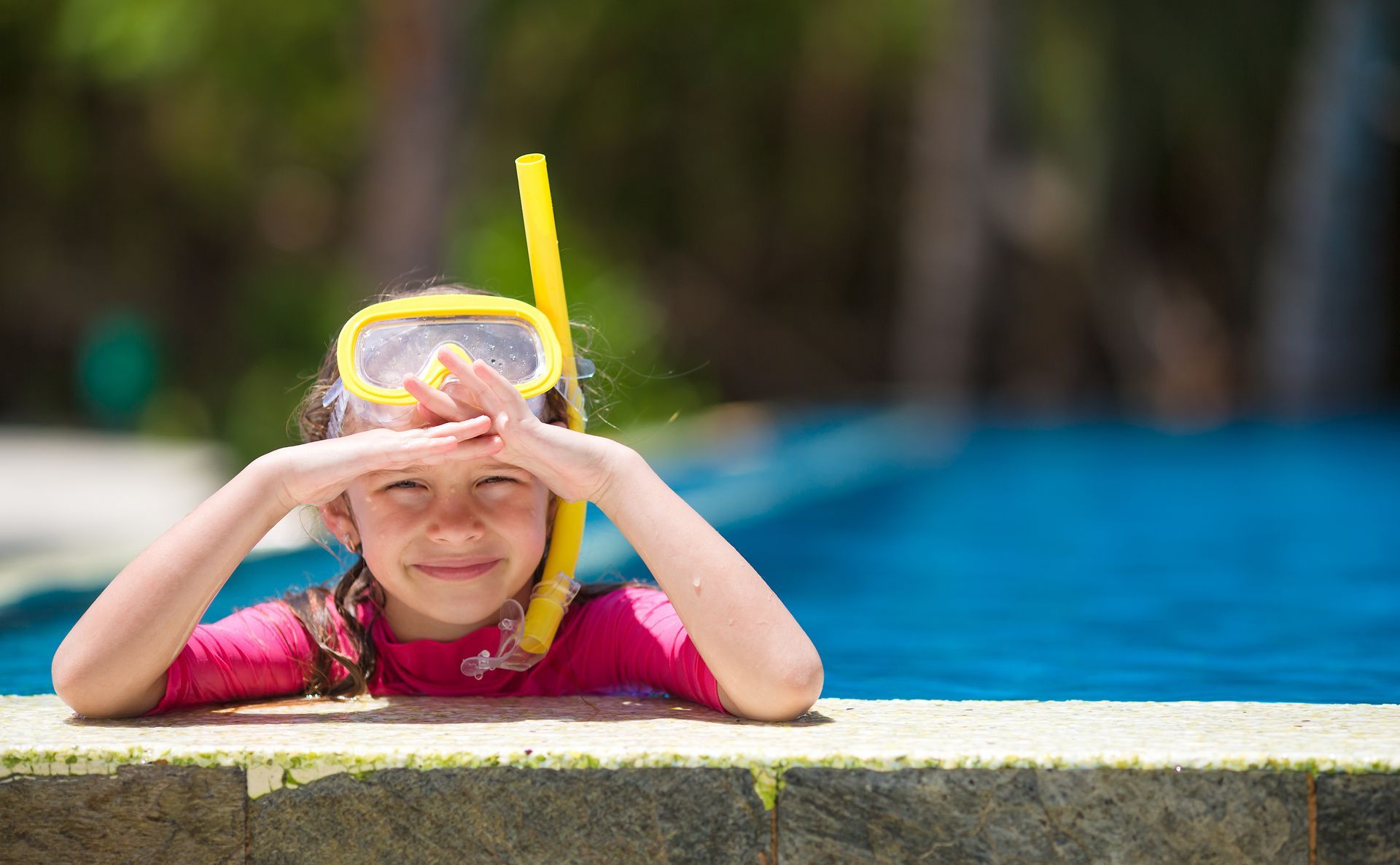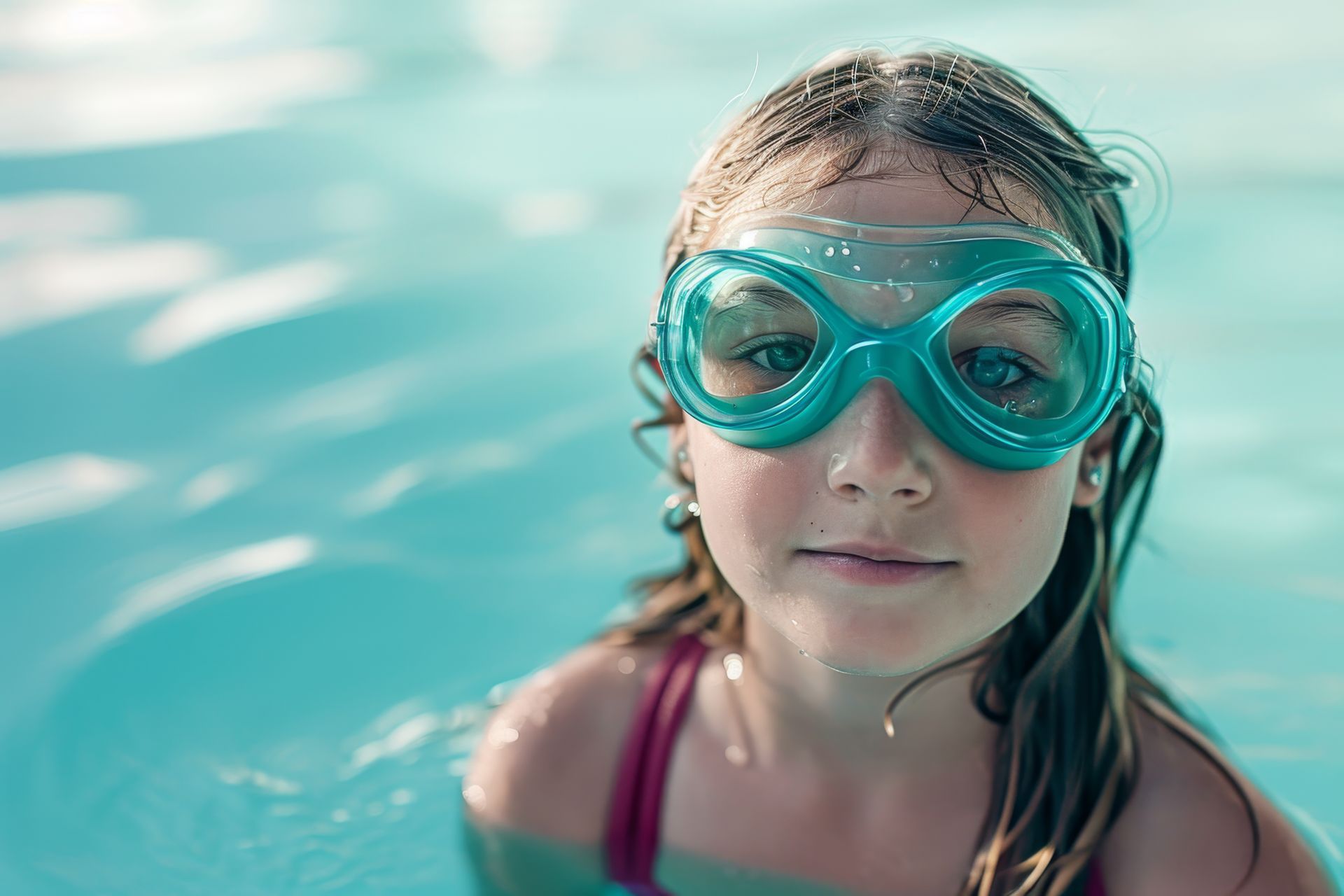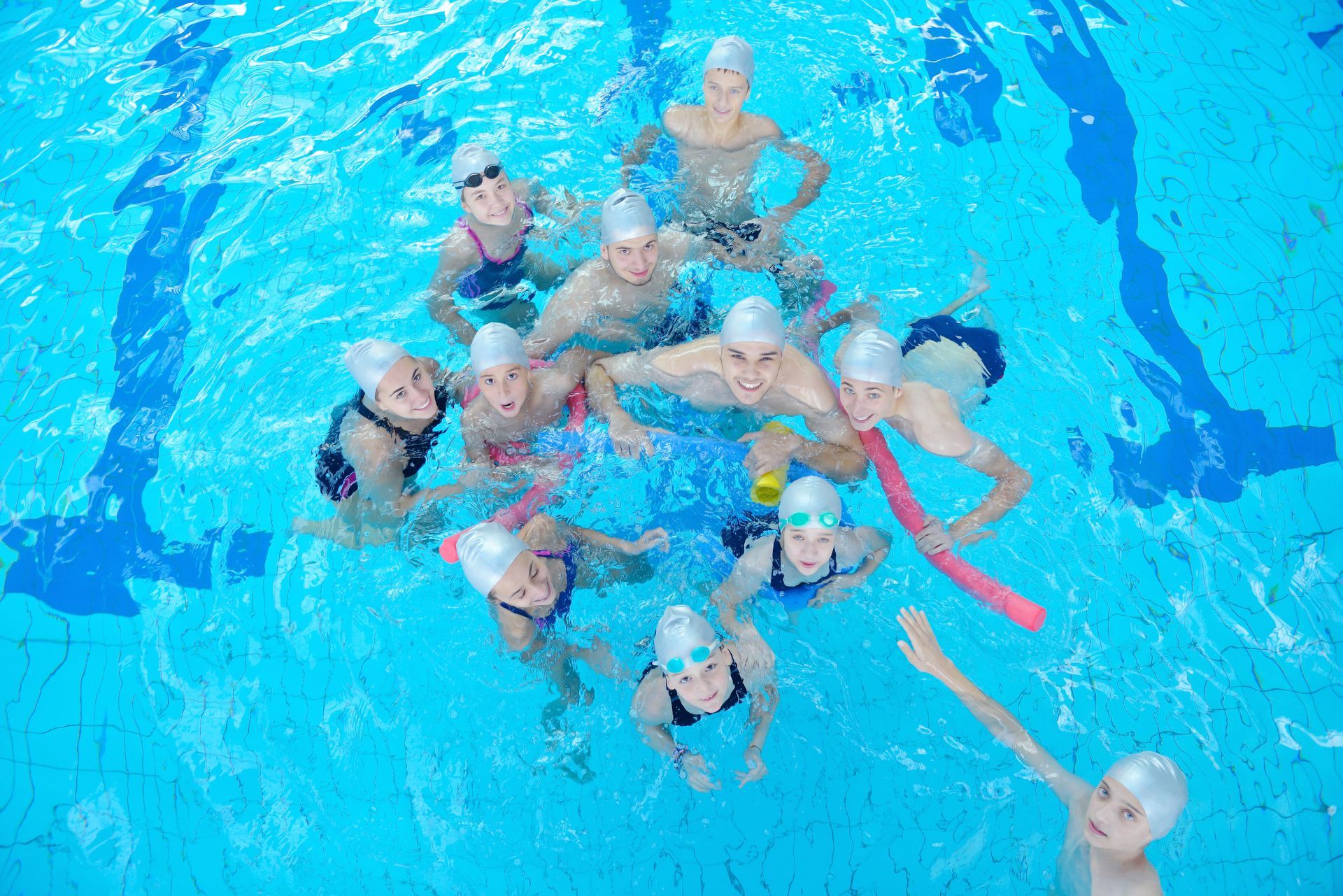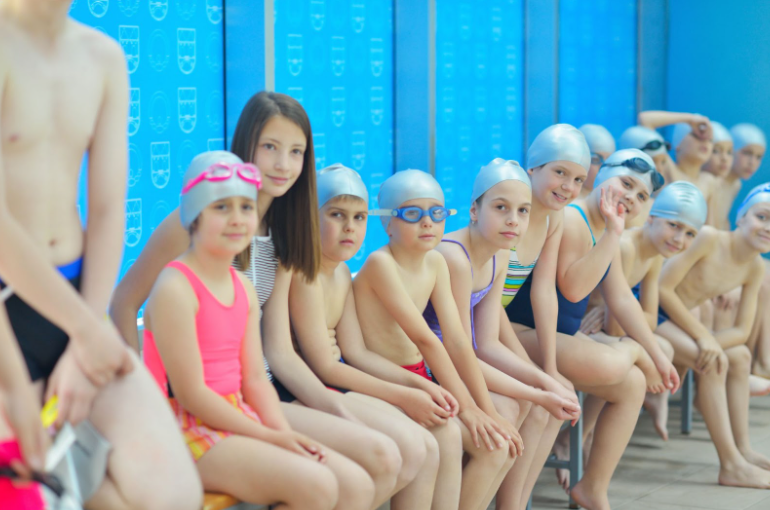Do You Experience Exercise-Induced Asthma? Try Swimming!

If you have poor workout performance or a cough and wheeze for up to a half hour afterward, you may have exercise-induced asthma. Experiencing these and other symptoms of this common ailment can have a drastic, negative effect on a person’s ability to get their physical fitness needs met.
Running, cycling, and other strenuous activities can feel out of reach for those who suffer from exercise-induced asthma. However, swimming offers a great alternative! Here are the reasons why you should try swimming in order to keep your body healthy and strong.
Experiencing Exercise-Induced Asthma (Bronchoconstriction)
Shortness of breath during exercise is normal. However, if you are still feeling it 5-10 minutes after you stop, and experience coughing and wheezing or chest tightness along with it, you may actually be feeling this way because your airflow is being obstructed by exercise-induced asthma Bronchoconstriction (EIB). This is the most common form of asthma in teens and adults.
Other symptoms that point to this ailment include fatigue during exercising or the feeling that you aren’t performing as well as you should expect, especially if you are in good physical shape.
Typically, symptoms (either mild or severe) of EIB resolve themselves after 20-30 minutes but some individuals experience a second bout of symptoms 4-12 hours after completing a workout. These “late-phase” symptoms are usually mild but can take up to 24 hours to go away.
So what causes EIB in teens and adults? The simple act of breathing, especially in cold and dry air, can quickly cause you to develop airway narrowing, inflammation, and the production of mucus. Other causes include breathing in pollution, high pollen counts, ice rink resurfacing chemicals, smoke, or strong fumes. Also, if you have recently had a cold, you are more likely to feel this way.
What You Can Do About It
If you are experiencing EIB symptoms, make a quick visit to your doctor to be sure there isn’t something else that could be causing you to feel airway obstruction. Once other conditions such as vocal cord dysfunction, allergies, lung disease, arrhythmia, or gastroesophageal reflux disease are ruled out, your doctor will perform a series of tests.
These include measuring your breathing before, during, and after exercise along with the functioning of your lungs. Other possible challenge tests can include a methacholine challenge, eucapnic voluntary hyperventilation (EVH) challenge, or a mannitol challenge. You will also be asked a series of questions about your symptoms and exercise routine.
After a diagnosis of EIB, your doctor will help you properly manage it with the following steps:
- Cover your nose and mouth with a scarf when exercising in cold air.
- Warm up for 5-10 minutes before vigorous exercise.
- Avoid triggers.
- Carefully watch your respiratory status before, during, and after exercise.
- Take a prescription medication , if necessary.
- Learn what to do should you ever experience a full-blown asthma episode.
Why Swimming Is a Great Alternative for Sufferers
It is important for EIB sufferers to be able to continue their active lifestyle and reach their physical potential. Keep in mind that just because some activities can trigger your asthma doesn’t mean there aren’t others that can be done comfortably and safely. Swimming, especially when done in warm water, is one of them!
Due to the humidity of the pool and the low-impact nature of swimming, it is rare for this type of exercise to induce coughing, wheezing, and shortness of breath.
Even though swimming is low impact, it is still considered an excellent workout that provides many benefits. Just ask Michael Phelps’ abs ! As desired as it is, maintaining a tight waistline is only one of the perks. A regular swim routine will also contribute to more muscle overall, as it requires a multitude of different body parts to propel yourself through the water. Your legs, hips, glutes, chest, biceps, triceps, and back muscles will also be worked.
Depending on the type and intensity of your swim routine, you can burn at least as many calories as when you go for a long run without the strain on your ankle, knee, and hip joints.
How to Boost Your Swim Workout
If you are still skeptical about getting a good enough workout, don’t be! There are many exercises that can be paired with swimming to up the fitness level. Here are a few great drills you can add to your workout, even if you suffer from sports induced asthma. You will not only boost your heart rate but can boost your muscle mass as well.
Kick Drills
Using a kickboard while practicing kicks can strengthen your core and legs while keeping your head above water, allowing you to breathe easier. Use a kickboard for extra support, and make sure to elongate your entire body while you kick to use your core muscles along with your legs. For variations, try different kicks at different speeds to work different muscle groups.
Treading Water
Treading water comes in different levels of complexity and can be challenging for all levels of swimmers. If you want more challenge in treading water, try raising more than just your head out of the water. Keeping your shoulders, collarbone, chest, or torso out of the water is a great workout for both aerobic exercise and strength training.
You might also want to consider treading water with your hands out of the water. Start with your hands floating on the surface then raise only your fingers out of the water. Progress to getting your wrists, elbows, and ultimately your full arms out of the water.
Water Jogging
Water aerobic classes and exercises are a great source of strength, flexibility, and aerobic exercise. Running or jogging in water is a low impact exercise that can provide high resistance to help you strengthen and tone your muscles. Jogging in waist-deep water will engage your arms, core, and legs. If you are able to find a water belt that can help you float in deeper waters, use it to try to run where you can’t touch the ground with your feet. You might not be going fast when you’re running in water, but you do get a full body, low impact exercise.
Whether or not you suffer from exercise-induced asthma, sign up for swimming lessons to learn how to perfect your strokes!
The post Do You Experience Exercise-Induced Asthma? Try Swimming! appeared first on Swim Jim.







